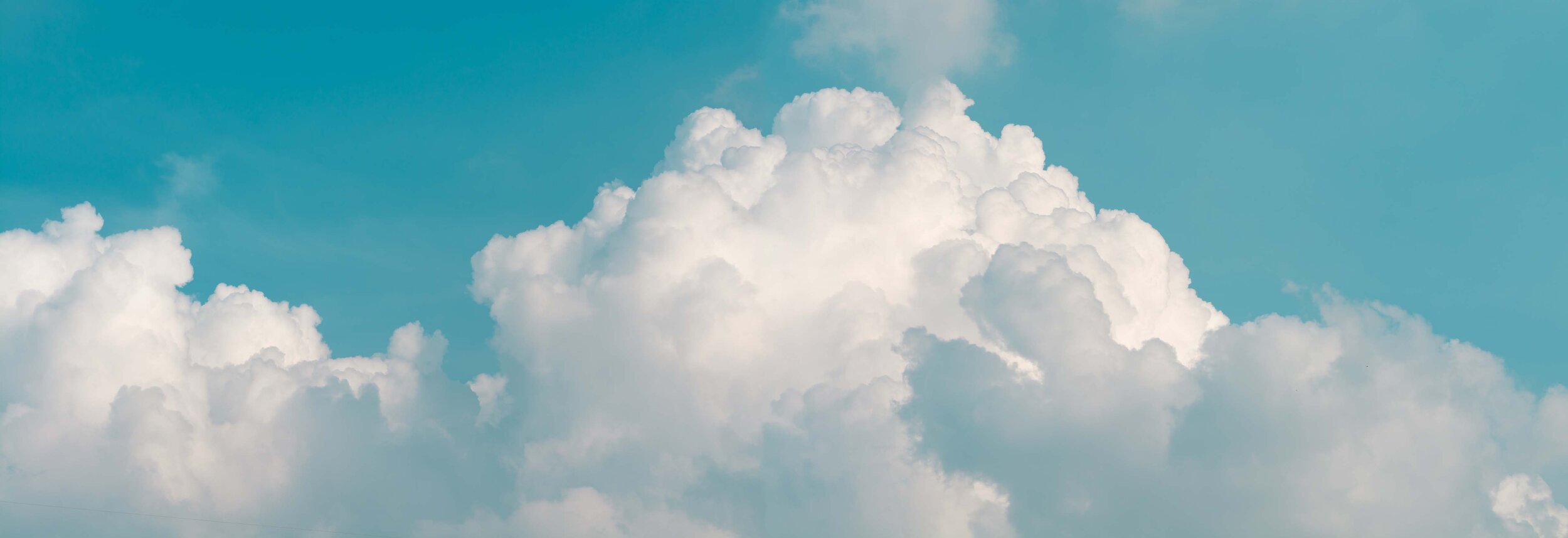
Yoga Practice:
Child’s Pose
Overview:
Child’s Pose is a yoga posture that supports the flexion of the knees and hips, the plantar flexion of the ankle, and the mild flexion of the spine.
Child’s Pose can be an excellent position for students to experiment with and experience adjusting for comfort, and adapting the posture in ways that respect what they feel and reflect what they value. It’s a good opportunity to reinforce that no shape is “right,” but different shapes will have different effects on different body.
It is common to utilize Child’s Pose a “resting” place during a yoga sequence, or to return to it frequently throughout practice for integration and transition. As such, comfort is key in this posture.
Instructions:
1. From Table position, shift the hips back towards the heels.
2. Relax the torso over the thighs.
3. Rest the forehead on the floor.
4. Extend the arms by the sides, palms facing up.
Adult in Child’s Pose
Child in Child’s Pose
Precautions:
Knee of ankle sensitivity: support with a blanket
Digestive issues: refrain from extensive holds and practice with care
Options:
Support the head with a block, blanket, or hands beneath the forehead.
Extended Child’s Pose: Position the knees wide apart, and extend arms overhead on the mat.
Puppy Pose: From Table position, keep the hips above the knees and walk the hands forward, relaxing the torso toward the floor and resting the head on the mat. Adjust the width of the hands on the mat and the placement of the head for comfort. Some students with discomfort in Child’s Pose mat prefer substitute Puppy Pose – while technically a different posture with different effects, it may serve as a more comfortable substitute for some students.


